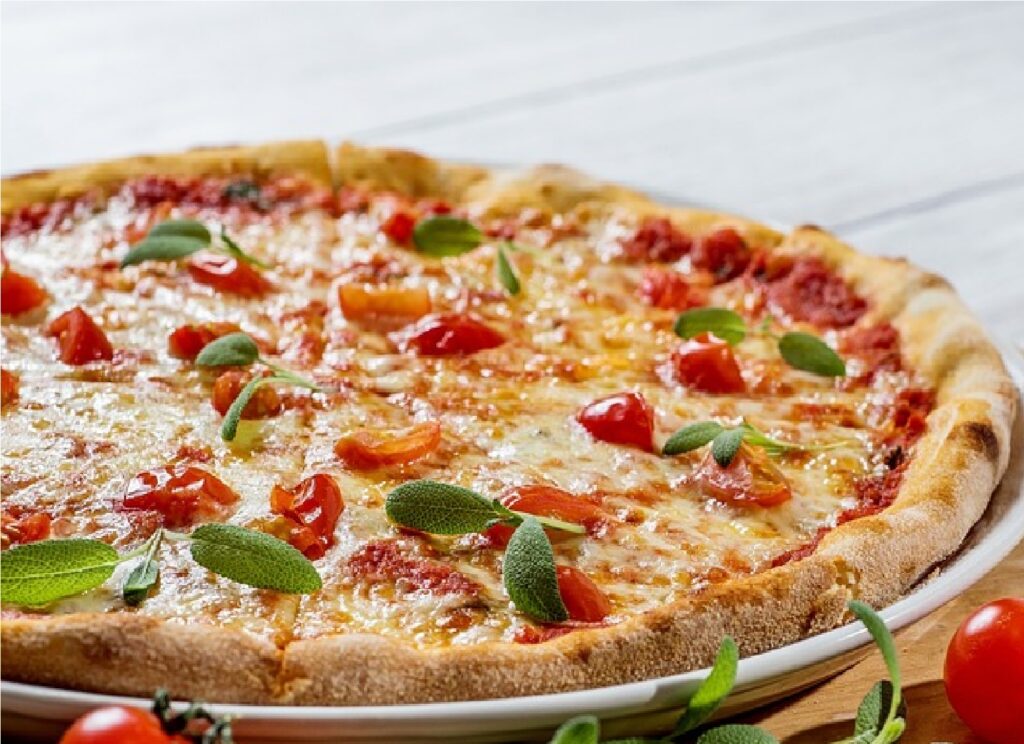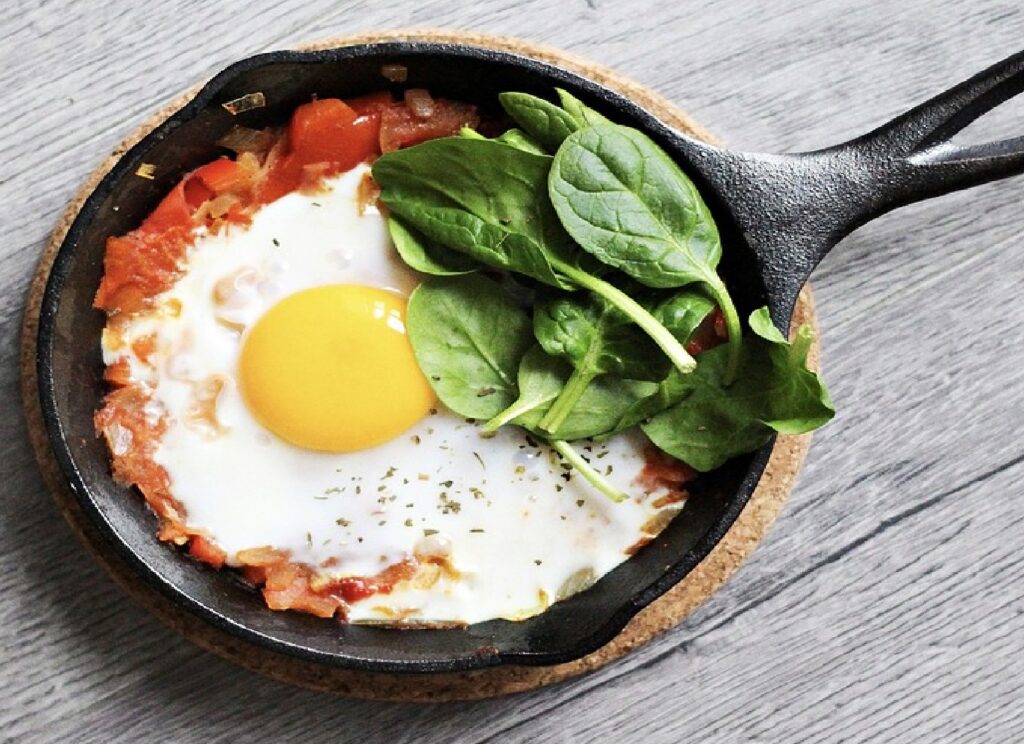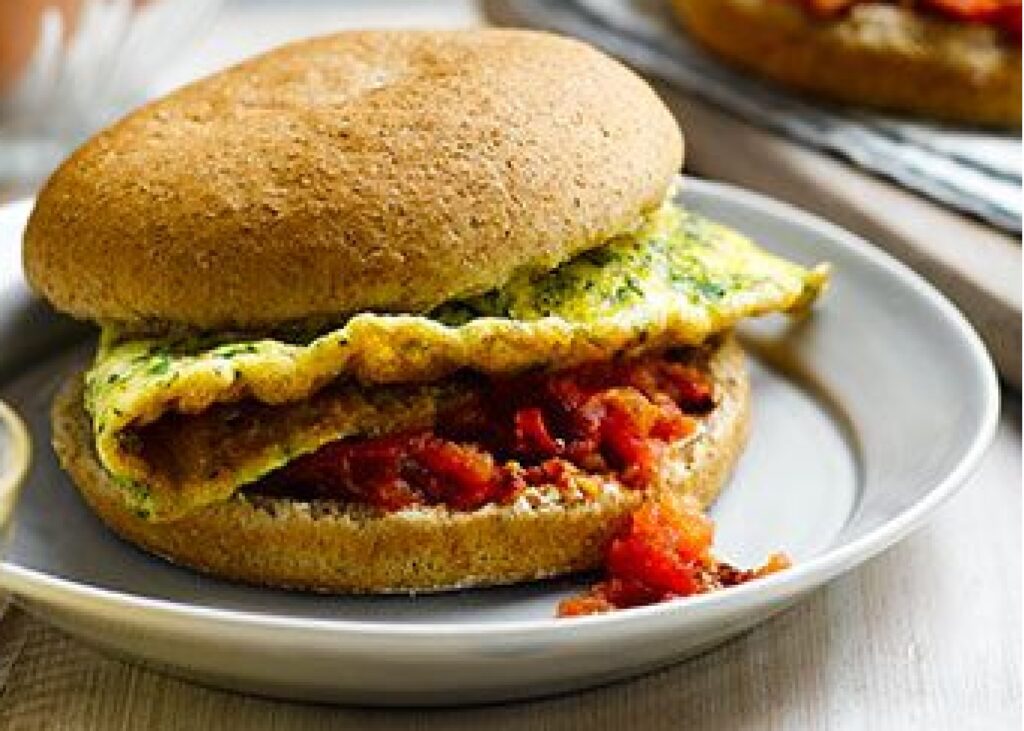Salmon en croute is a French dish made of salmon fillet wrapped in puff pastry and baked. The pastry is usually in the shape of a rectangle or square, and the salmon is placed in the middle, then topped with cheese, herbs, and lemon.
The recipe is perfect for a delicious dish in any occasion!
There are so many reasons to love salmon en croute! For one, it’s a delicious and elegant dish that is perfect for a special occasion. The salmon is cooked to perfection and the puff pastry crust is flaky and golden brown. It’s also a relatively easy dish to make, which is always a bonus.
But beyond all of that, I think the real reason I love salmon en croute is because it reminds me of my childhood. My mom used to make it for me and my sister whenever we had a special dinner to attend. I have fond memories of sitting at the table, eagerly waiting for my mom to bring out the salmon en croute.
Even now, as an adult, I still get excited when I see salmon en croute on a menu. It’s like a little taste of my childhood, and it always brings a smile to my face.
There’s other variations you can try!
When it comes to salmon en croute, there are endless possibilities for variation. Here are a few ideas to get you started:
- Try using a different type of fish. Salmon is delicious, but you could also try trout, halibut, or even tuna.
- Change up the herbs and spices you use. dill, rosemary, and thyme all pair well with salmon, but get creative and experiment with other flavors.
- Use a different type of cheese. Gruyere is classic, but you could also try goat cheese, feta, or even cream cheese.
- Make it vegetarian by using a vegetable pate in place of the salmon.
- Get creative with the pastry dough. Use a store-bought puff pastry dough, or get adventurous and make your own.
No matter how you vary it, salmon en croute is sure to be a delicious and impressive dish. So get creative and enjoy!
So, what is the difference between en croute and Wellington?
There are a few key differences between en croute and Wellington. First, en croute is typically made with puff pastry, while Wellington is made with shortcrust pastry. Second, en croute is typically filled with a savory filling, while Wellington is typically filled with a meaty filling. Finally, en croute is usually baked in a shallow dish, while Wellington is typically baked in a deep dish.
Is your salmon en croute getting soggy? Here’s how to fix it!
When preparing salmon en croute, there are a few key things to keep in mind in order to prevent the dish from turning out soggy. First, be sure to use fresh salmon fillets and not frozen, as frozen salmon will release more water during cooking and make the en croute soggy. Second, cook the salmon fillets only until they are just cooked through and still slightly pink in the center; overcooked salmon will also release more water and make the dish soggy. Finally, make sure to seal the salmon fillets well in the puff pastry dough so that no steam can escape during cooking and cause the en croute to become soggy.
What do you eat with salmon en croute?
There are many different ways that you can enjoy salmon en croute. One popular way is to serve it with a simple salad of mixed greens and a light vinaigrette dressing. Another option is to serve it with roasted vegetables, such as Brussels sprouts, carrots, and potatoes. And of course, you can’t go wrong with pairing salmon en croute with a glass of white wine. No matter how you choose to enjoy it, salmon en croute is sure to be a hit!
How does Gordon Ramsay make salmon en croute?
Gordon Ramsay’s salmon en croute is a work of art. The dish starts with a piece of salmon, which is then wrapped in a layer of puff pastry. The pastry is then sealed with a egg wash, and the whole thing is baked in the oven.
The result is a beautifully cooked piece of salmon, encased in a crispy, flaky pastry. It’s a dish that is sure to impress your guests, and it’s actually not that difficult to make.



